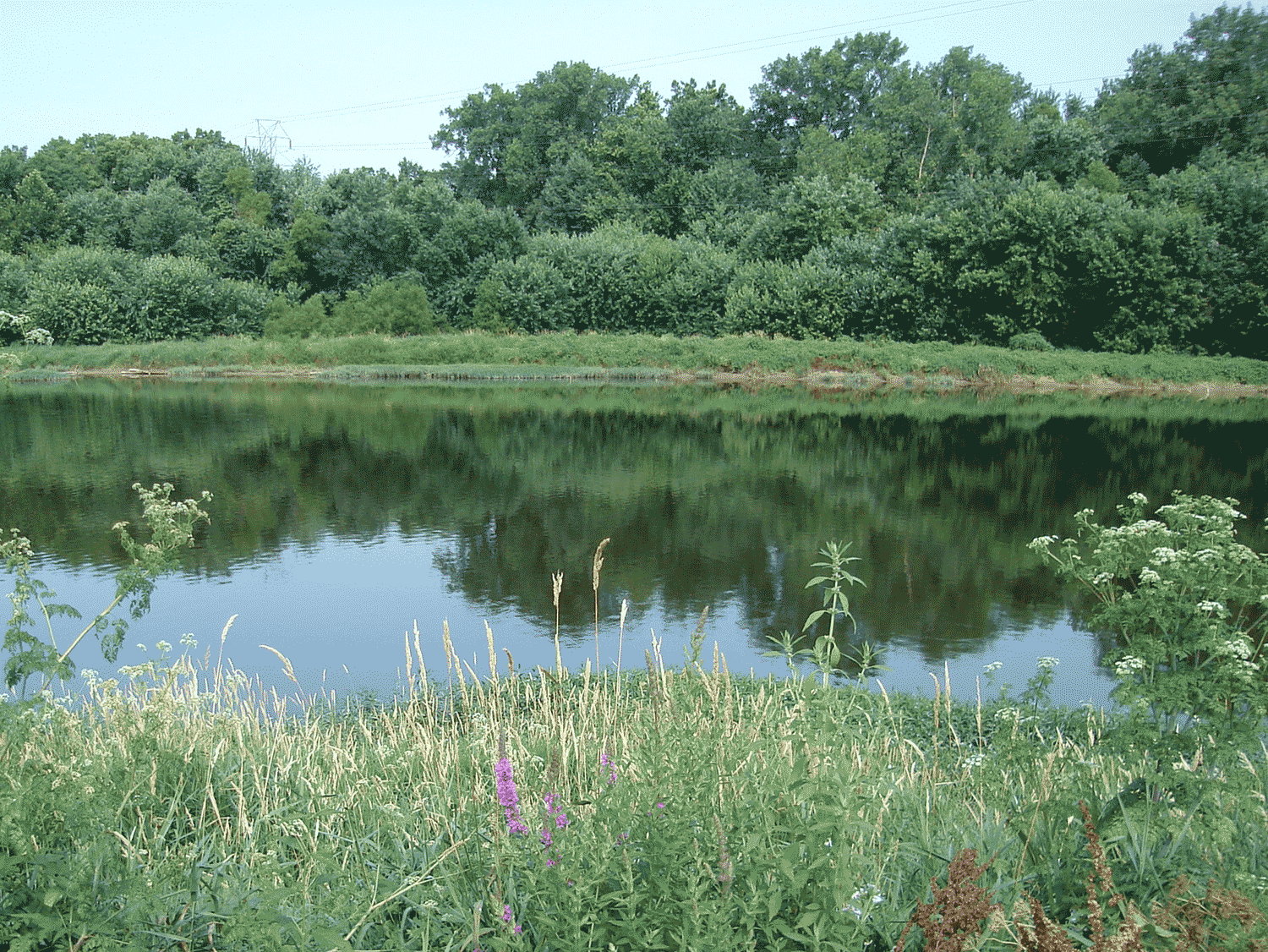
Chemical: What We Test & Why
Butler County Stream Team tests the following parameters:
New Lab Videos
Thanks to Zak Schultz, one of the awesome graduate students, we now have training videos for each of the lab stations.
Nitrate
Why We Test for Nitrates
Nitrate is necessary to aquatic plant life, but can result in excessive plant growth, especially algae, if available in disproportionate amounts. Excess nitrates can lead to algae blooms, which increase turbidity and water temperature. When the algae dies, it is consumed by bacteria that significantly decrease the amount of oxygen in water. All of these affects can make habitat uninhabitable for aquatic life.
Sources
Sources of nitrates include sewage treatment plants, septic systems, fertilizers, industrial discharges, and animal manure.
What the Numbers Mean
Wadable Stream Guidelines
-
Typical values fall between 0.05 and 0.5 mg/l
-
Values greater than 0.5 mg/l can cause algae problems in water with high phosphorus levels.
-
Values great than 10 mg/l present a health hazard in drinking water
EPA Guidelines
-
Values less than 10 mg/l are acceptable
-
Values greater than 50 mg/l are toxic
Phosphorus
Phosphates are necessary to aquatic plant life. Increases in phosphates can lead to excessive algae growth. Forms of phosphate that occur in water are organic (needed for animal life) and inorganic (needed for plant life.) There are both organic and inorganic sources of phosphate.
Why We Test For Phosphates
Excess phosphates can lead to algae blooms, which increase turbidity and water temperature. When the algae dies, it is consumed by bacteria that significantly decrease the amount of oxygen in water. All of these affects can make habitat uninhabitable for aquatic life.
Sources of Excess Phosphate
Sources of phosphates include sewage treatment plants, septic systems, fertilizers, industrial discharges, and animal manure.
Bacteria: Total Coliform and E. coli
Why We Test for Bacteria
The presence of coliforms, a group of bacteria, and E. coli, a species of fecal coliform, are possible indicators of human and/or animal fecal contamination of water. Fecal contamination of water can lead to human illness if that water is ingested.
Sources
Human and animal feces, leaking septic systems, wastewater treatment plants, and water runoff can all carry fecal coliforms to waterways.
Conductivity
Conductivity tells us how well the water sample can carry an electric current. Conductivity is influenced by the amount of negatively charged ions (such as phosphate and nitrate) and positively charged ions (such as sodium and calcium) found in the water.
Why We Test Conductivity
While a high or low conductivity measurement cannot identify which ions are out of balance, it can indicate the need for more specific water quality tests to pin-point the problem. Arsenic, for example is a human carcinogen according to the International Agency for Research on cancer. Conductivity readings can also indicate environmental problems such excessive salts that may be harmful to plants, causing wilting, root death, and leaf drop.
Too Few ions may indicate high levels of oils or hydrocarbons that are not healthy for aquatic organisms or humans that come in contact with them.
Sources
Conductivity can be influenced by the geology of the stream and surrounding watershed, temperature, and industrial and wastewater discharges.
Wadable Stream Guidelines
-
Values between 50 and 500 umhos/com are normal
-
Values below 10 are undesirable
Conductivity usually ranges from 50 -1500 umhos/cm, but is best for plant and animal life between 150-500 umhos/cm.
Turbidity
Turbidity tells us the concentration of suspended solids in water, such as soil, microbial life, and algae. High turbidity often makes water a darker color than low turbidity.
Why We Test Turbidity
A high turbidity level can result in higher water temperature from heat absorbed by the particles. This can also reduce dissolved oxygen (DO) in the water because warm water holds less oxygen than cold water. Both of these effects, among others, result in depleted habitat quality.
Sources
Turbidity can be influenced by erosion, urban runoff, and algae blooms from excessive nutrients.
Total Dissolved Solids
The same testing procedure is used for both Tubidity and total dissolved solids.
Dissolved solids are tiny particles containing constituants like iron, calcium, nitrate, and phosphate that are dissolved in the water. Total suspended solids can also be measured, which is the concentration of suspended (floating) particles in water.
Why We Test for TDS
The concentration of dissolved solids is very important to the well-being of aquatic life; too much or too little can affect the ability of aquatic life to maintain a position in the water column. High levels of TDS can cause water temperature to rise and make habitat unsuitable for plants and/or animals. Low concentrations can impede the growth of aquatic organisms, such as phytoplankton, that depend upon the dissolved nutrients in water.
Sources
TDS can be influenced by fertilizer, wastewater and industrial discharges, sewage, erosion, and runoff from roads.The local geology can also have an impact. Waters that encounter limestone will have a relatively high level of TDS because limestone dissolves easily in water.
Wadable Stream Guidelines
Values below 500 mg/l are acceptable
